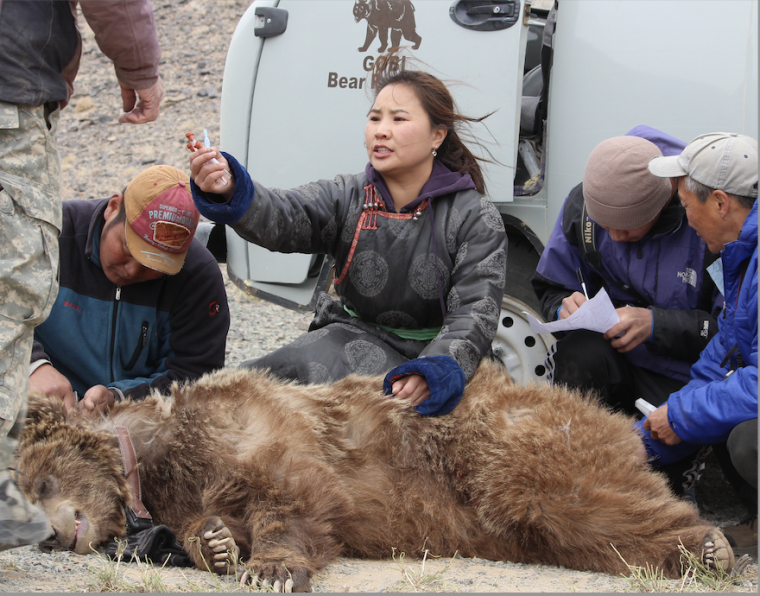Odbayar Tumendemberel
Past Postdoctoral Scholar
I am a member of the Koprowski Conservation Laboratory as a wildlife ecologist and started working at the Haub School of Environmental and Natural Resources, University of Wyoming in spring 2021. Prior to this, I worked at the genetics laboratory of Biology Institute of Mongolian Academy of Sciences between 2007-2016 after completing my undergraduate degree at the National University of Mongolia (NUM). During this time, I collaboratively worked on several wildlife genetics projects focused on understanding population structure and phylogeny of argali sheep (Ovis ammon), wild boar (Sus scrofa), Eurasian red squirrel (Sciurus vulgarus), and Korean field mouse (Apodemus peninsulae) in Mongolia. During 2011 - 2013, I studied for my master at the NUM in Mongolia and completed my laboratory work for a population genetic study of snow leopards from Spiti Valley, Himachal Pradesh in India. This work was in collaboration with researchers from Snow Leopard Conservation Foundation, Snow Leopard Trust, and National Centre for Biological Sciences.
Since 2007, I have been a member of the Gobi bear project and a large portion of my work has focused on the critically endangered Gobi bears. For my PhD, I expanded this work to collect genetics samples from 8 poorly studied geographic locations in Central Asia. I completed my PhD in Ecology at the University of South-Eastern Norway in 2020. My Ph.D work entitled Evolutionary history, demographics, and conservation of brown bears (Ursus arctos): filling the knowledge gap in Central Asia focused on two main objectives: 1) assessing population demographic parameters of critically endangered Gobi bears, 2) understanding evolutionary history of brown bears in Central Asia based on microsatellites, mitochondrial DNA, and whole genome data. These demographic and genetic/genomic results highlight the critical status and uniqueness of Gobi bears which provided fundamental answers necessary for effective conservation.
My interest are to 1) help develop and implement research to address important conservation issues for wildlife, especially in Mongolia; 2) disseminate and apply scientific knowledge for decision makers and public for effective conservation efforts by collaborating closely with individuals, government and non-governmental local and international organizations; 3) establish genomics tool for wildlife populations in Central Asia for an effective long-term monitoring and better understanding their historical/contemporary connectivity as well as identifying/understanding genetic basis for adaptation; 4) continue the research and conservation on brown bears in Mongolia, especially the population in Gobi using both genetic and ecological approaches; 5) help increase scientific capacity in my home country, Mongolia.
Degrees
- PhD, University of South-Eastern Norway
- MSc, National University of Mongolia


